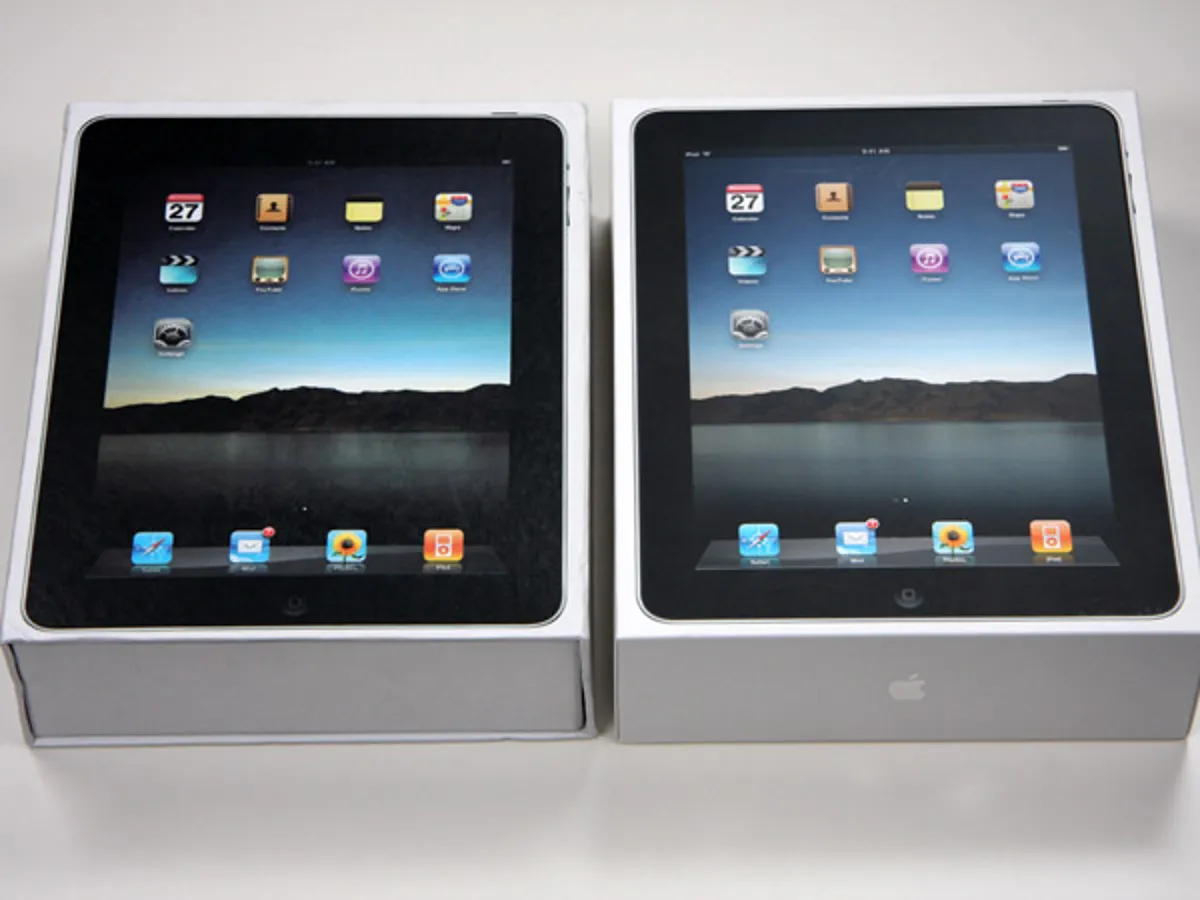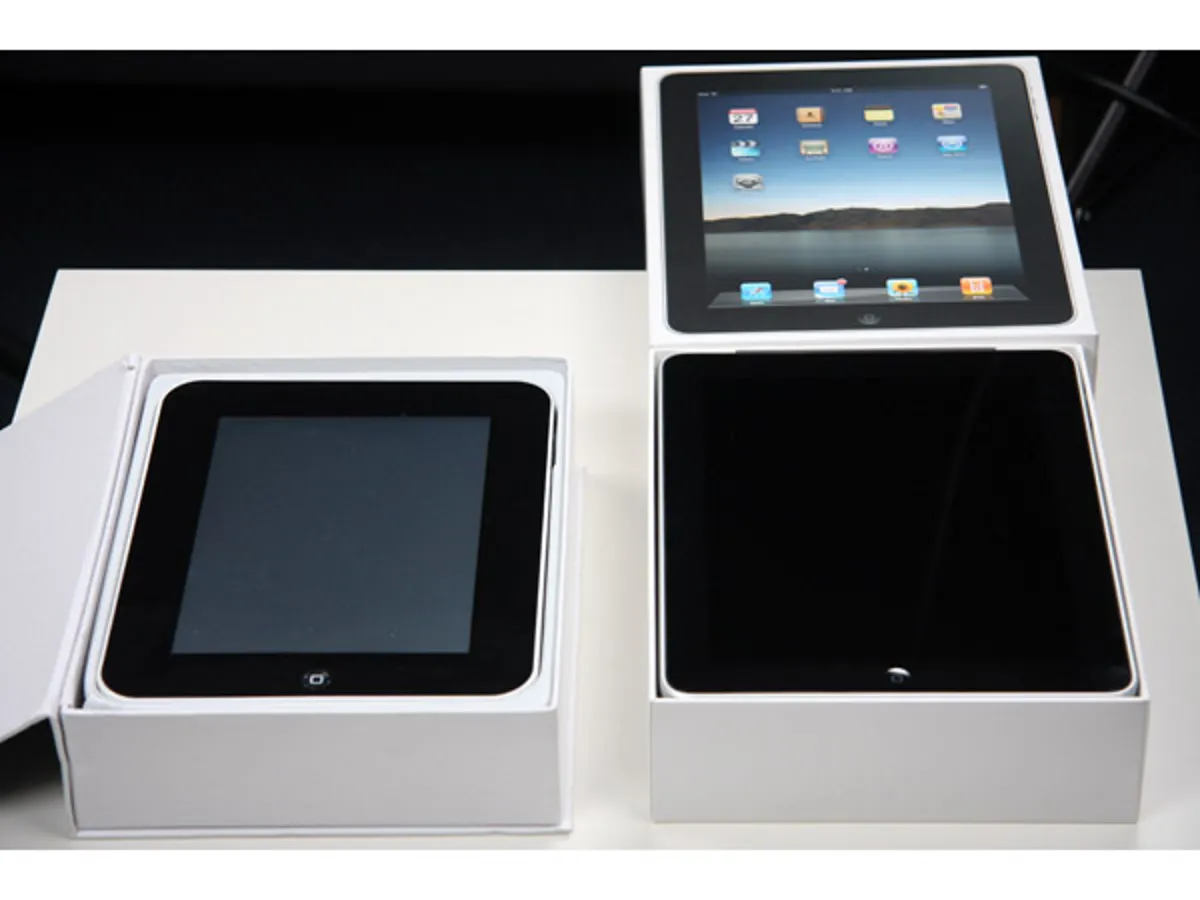
Are you looking to buy a new iPad or do you know someone who needs to buy an iPad but doesn’t know how to spot the original and fake iPad? Then this article will help you to buy the right product of your choice. Here, we will provide details on how to spot the fake and original iPad Pro and buying guide. Let’s get started!
General Tips
The easiest way to spot a counterfeit Apple product is by looking at the spelling of the company’s name. If it is spelled Aple instead of Apple, it’s not an original. Other ways that a product could be fake are if its shape is slightly different or if there are spelling errors on its packaging, such as iPhone instead of iPhone.
Counterfeiters often use lower-quality materials in their products because they are cheaper. Sometimes they also use fake serial numbers to fool buyers into thinking they’re buying a legitimate product. While these tips may seem like common sense, many people fall victim to counterfeit products.
For example, last year over 400 people were arrested for selling fake Beats headphones. So before you buy anything with an Apple logo make sure you do your research and know what you’re looking for! Remember to look for misspellings, low-quality material, and false serial numbers. Once you see any of these signs, stop looking for the product.
Keep in mind that it might take time to find the perfect genuine Apple product but don’t settle for something less than what you want just because it says Apple on it.

Home Button
The home button is a great indicator of whether or not you’re looking at an original iPad. The color of the button should be silver, but some fakes are made with buttons that are black. Also, take note of how the letters iPad appear around it. If they’re more faded than in other places on your tablet, it’s probably a fake.
Another thing to keep an eye out for is if the power button looks different from all the other buttons on your device. Sometimes it can even have scratches on it which would indicate that this was previously used before being resold as new.
In addition to the home button, examine the area where the Apple logo is found. Check to see if there’s any extra glue around the edges and make sure it doesn’t feel too glossy when touched. One way of checking whether or not your iPad has been tampered with is by checking for micro cracks in its screen since screens are easily cracked during tampering.
Packaging
The packaging of the fake is not as secure as the original. The corners of the package are usually open, there are usually creases on it. It’s also easier to peel off from the original packaging due to a lack of glue.
The Apple logo may be printed on a sticker instead of embossed into plastic.
The edges can also be rough, unlike the smooth edges seen on the original packaging. Fake boxes have more writing in them than originals which helps spot differences. The barcode will be different too. Packaging for the fake iPad looks like that of an iPod Touch with the exception of no camera opening, no iPod label on top, and a plug that says AAC-iPad.
They come in a smaller box with less detail on the back. The packaging itself is thinner and slightly taller than the original.
The only thing that remains the same is the words iPad written across the top left corner. The model number at the bottom right corner reads AABB – iPad 16GB Wi-Fi+3G (AAC-iPad ). In addition, near the bottom center of the front side is a big silver square with an arrow pointing to it.
Check The Logo
One easy way to spot a counterfeit iPad is by looking at the logo on the back of your device. The Apple logo should be in silver and it should be centered in a black square that has rounded corners. The font for APPLE should have no space between letters, but there should be a space between P and L.
If you see any discrepancies with these logos, chances are you have an imposter. You can also check the serial number on the bottom of your iPad (underneath where you plug in your charger). There will be two lines, followed by 12 numbers.
It’s difficult to find this information online due to security issues, but if you ever run into trouble or want more information about your originality status contacts customer service.
Check The Welcome Screen
The original iPad displays a welcome screen with a picture of Apple’s logo. The fake version does not display any text or graphics, but will instead have an iPad word displayed in the middle of the screen. The original iPad also has an Apple logo on it, while the fake one does not. On the back, the original iPad is made out of aluminum while the fake one is made out of plastic.
On both models, there are screws visible near the corners at each end. The original one also features screws that are visible from all angles. If you put your finger behind the home button and slide it upwards you’ll find a recessed circle; this is because Apple never intended for people to be able to open up their devices.
Fake iPads have no such recessed circle – if you try to pry the iPad open then you’ll just break the seal between the device’s screen and its frame which makes them useless for resale anyway.
Camera Quality
Both the original and counterfeit iPads have a front-facing camera. The quality of these cameras will vary depending on how much you paid for your device. If you’re looking for an original device, be sure that the camera is at least 1.3 megapixels with a resolution of 1280x960p or higher.
Additionally, be aware of certain telltale signs that can help you identify the true model in person. First off, make sure to look for the home button; there should only be one located beneath the screen instead of two on either side like other models like Samsung’s Galaxy Tab 2. Also, note if any branding logos are present such as iPad or Apple as well as where they are located on the tablet’s surface.





Leave a Reply